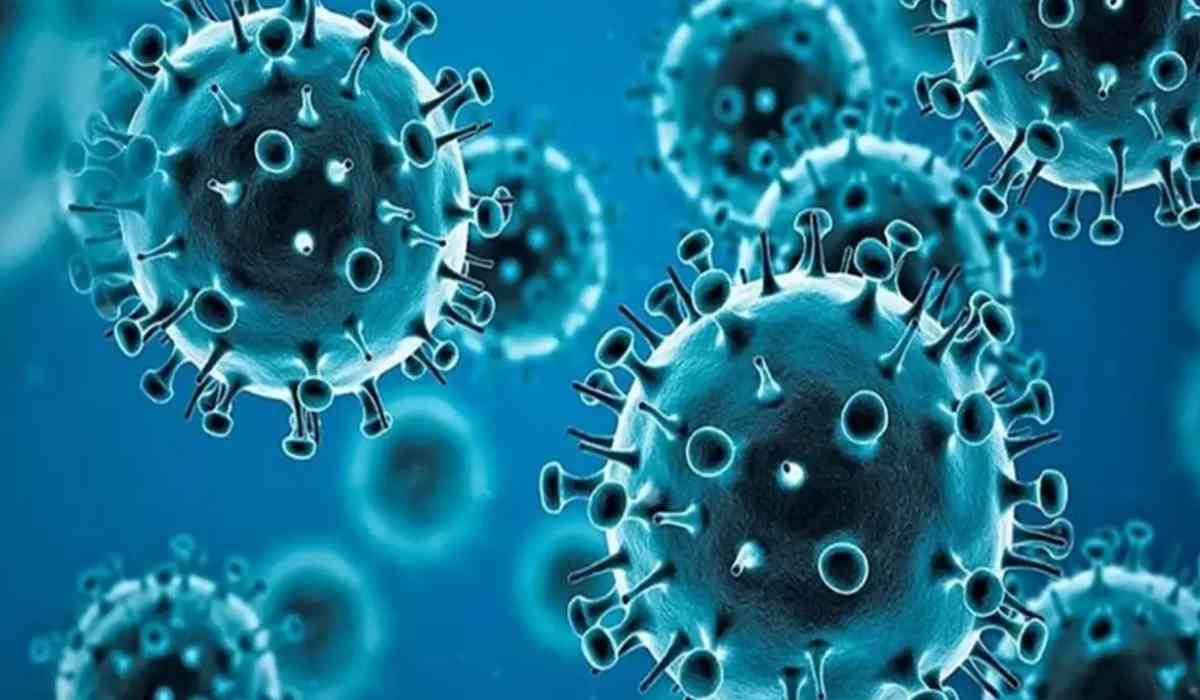Human Metapneumovirus (HMPV) is a respiratory pathogen that has recently garnered global attention due to a surge in cases, particularly in China and neighboring countries. This virus, first identified in 2001, typically causes mild, cold-like symptoms but can lead to severe respiratory illnesses in vulnerable populations, including young children, the elderly, and immunocompromised individuals.

Recent Surge in HMPV Cases
In late 2024, China experienced a significant increase in HMPV infections. Data from the Chinese Center for Disease Control and Prevention indicated that HMPV accounted for 6.2% of positive respiratory illness tests and 5.4% of respiratory-related hospitalizations during the week of December 16 to 22, surpassing other viruses such as COVID-19, rhinovirus, and adenovirus.
This uptick led to overcrowded hospitals, particularly in northern regions, with a notable impact on children under 14. Unverified videos circulating on social media depicted overwhelmed healthcare facilities, evoking memories of the early days of the COVID-19 pandemic. However, health experts and authorities have emphasized that, despite the surge, HMPV does not pose the same global threat as COVID-19. The World Health Organization (WHO) has noted that HMPV is a well-known virus with established immunity in the population, and its seasonal rise is expected during winter months.

HMPV Cases in India
India has also reported cases of HMPV. On January 6, 2025, two infants a three-month-old girl and an eight-month-old boy in Bengaluru were diagnosed with the virus. The three-month-old has since been discharged, while the eight-month-old is recovering in the hospital. Another case was reported in Ahmedabad. The Union Health Ministry stated that these cases have no direct links to the outbreak in China, emphasizing that HMPV is a globally present virus.
Global Perspective and Expert Opinions
Beyond China and India, other countries have reported HMPV cases, though not at alarming rates. For instance, Malaysia recorded 327 cases in 2024, an increase from 225 cases in 2023. Health authorities there have reiterated that HMPV is not a new virus and that the situation remains under control.
In the United States, the Centers for Disease Control and Prevention (CDC) is monitoring the situation. As of late December 2024, HMPV cases in the U.S. were at pre-pandemic levels, with 1.94% of weekly tests returning positive for the virus. While there has been a slight increase since November, the CDC does not currently view it as a cause for concern.
Experts caution against unnecessary panic. Dr. John Williams, a pediatric infectious disease specialist, notes that while HMPV can cause severe illness in certain populations, it is generally less severe than other respiratory viruses like RSV or influenza. He emphasizes the importance of standard preventive measures, such as hand hygiene and avoiding close contact with sick individuals.
Preventive Measures and Public Health Recommendations
Currently, there is no specific antiviral treatment or vaccine for HMPV. Management focuses on supportive care, including rest, hydration, and over-the-counter medications to alleviate symptoms. In severe cases, particularly among high-risk groups, hospitalization may be required for oxygen therapy or mechanical ventilation.
Public health authorities recommend the following preventive measures to reduce the risk of HMPV infection:
-
Hand Hygiene: Regularly wash hands with soap and water for at least 20 seconds.
-
Respiratory Etiquette: Cover mouth and nose with a tissue or elbow when coughing or sneezing.
-
Avoid Close Contact: Stay away from individuals exhibiting respiratory symptoms.
-
Disinfection: Regularly clean and disinfect frequently touched surfaces.
-
Stay Home When Sick: Individuals experiencing symptoms should remain at home to prevent spreading the virus.
These measures are particularly important for protecting vulnerable populations, including young children, the elderly, and those with underlying health conditions.
Conclusion
While the recent increase in HMPV cases, particularly in China, has raised concerns, health experts and authorities emphasize that the situation is manageable and does not pose the same threat as the COVID-19 pandemic. Ongoing surveillance, public awareness, and adherence to preventive measures are crucial in controlling the spread of HMPV and ensuring public health safety.
With inputs from agencies
Image Source: Multiple agencies
© Copyright 2024. All Rights Reserved Powered by Vygr Media.





















